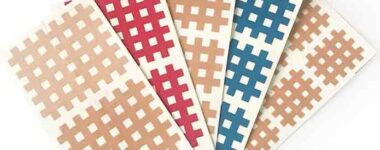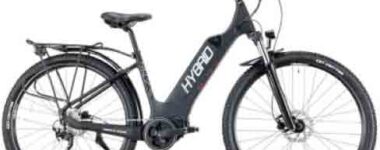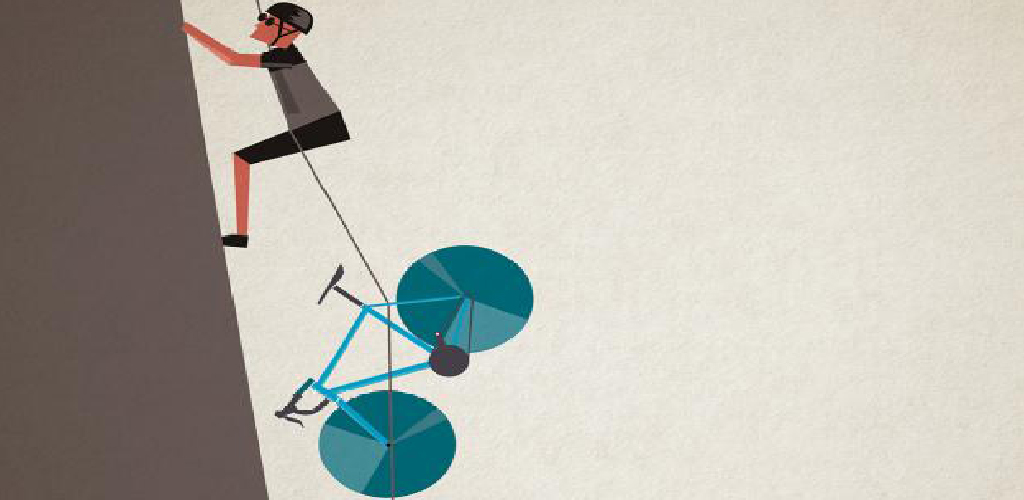Latest News
Share this post:
Is your bike uncomfortable?
Riding-related pain may be felt in your feet, knees, hips, rear, back, shoulders and neck, wrists or hands, or it could just be evident in the early onset of fatigue.
All bikes have aspects of “passive comfort” that can be addressed. We provide some simple solutions plus help you identify more significant issues.
Frame Shape and Size
The first comfort issue to consider is a bike’s frame.
The frame geometry or shape dictates the body position of the rider. Most recreational bikes encourage you to sit upright for comfort, while road bikes adopt an aerodynamic position for performance.
The correct frame size is an important factor for rider comfort. It is rare to be sold the wrong frame size when buying a new bike. But it is common for the rider of a used or hand-me-down bike, to be on a frame too big or small and suffer as a result.
When bike shopping, take a short test ride if possible to get your body’s feedback on the riding position.
Bike Fit
If you ride regularly and suffer from discomfort, a professional bike fitting can be a great investment. This comprehensive approach addresses comfort first, power and efficiency second.
Your bike fitter may adjust the seat and handlebar position to best suit your proportions, range of motion, weight distribution and riding style. Handlebar style, lever position and seat style can also be corrected if needed.
Tyre Selection and Pressure
A wide tyre provides more cushion and comfort than a narrow tyre, since the weight of both bike and rider are supported on a bigger air cushion over a larger surface area. The downside is a slight increase in effort needed to accelerate and maintain momentum.
One common misconception is to pump up tyres to the manufacturer’s recommended maximum pressure in order to reduce rolling resistance. This decreases the ability of the rubber to absorb road surface imperfections, thus transmitting a harsh vibration to the rider. Experiment with your tyre pressure to find a balance between a too-soft and sluggish ride quality versus one that is too hard and harsh.
For mountain bikers, the trend has been toward wider tyres and lower pressures. This improves the tyres’ grip on the trail surface, giving better control and providing more passive suspension. It also reduces rider fatigue on rough trails or long rides.
Seats and Seat Posts
If you are a new or returning rider, it is normal to have some posterior soreness while your body adjusts to the new pressure. However, if you experience sharp or persistent pains or numbness, then try out a different seat.
Bike seats and posteriors both vary in size and shape, and it can take some experimentation to find a happy match. Seat designs differ for men and women and for different types of bikes.
In general, a compatible seat shape is more important than padding:
- A broad seat is best for an upright riding position.
- A narrow seat is needed for a forward leaning position.
Riders with a narrow, firm bike seat should wear cycling shorts with a built-in chamois pad to provide cushioning and reduce chafing. If you prefer non-cycling shorts, consider a padded gel seat or seat cover instead.
Handlebars
Discomfort issues related to handlebars—flat bars or drop-style bars—can include:
-
-
- Hand numbness: More common with flat bars, this is often caused by nerve compression. Try changing the original round bar grips to an ergonomic grip.
- Wrist pain: This can result from too much body weight being supported by the hands, or from the angle of the handlebars or position of the hoods on a drop bar. It is best remedied through a professional bike-fitting session.
- Control lever reach: If it is awkward to reach a gear shifter or brake lever, adjustments can often help to bring the controls within more comfortable reach. Experiment with these yourself or get a professional bike fitting.
- On drop bars, the handlebar tape can influence comfort. High-quality tape is usually thicker and better at absorbing road vibration than an inexpensive tape. If tingling or numbness persists when using a drop bar, try having the bars wrapped with an underlay of gel tape, before the bar tape goes on.
-
Cycle Shorts and Gloves
Cycling shorts contain a padded synthetic-chamois pad in the crotch. Worn next to the skin (with no underwear), cycling shorts help reduce saddle chafing, wick away moisture and provide a little padding.
Applying chamois cream further reduces any risk of chafing, especially if your rides are longer or over consecutive days.
Cycling gloves are often overlooked by casual riders but serve several purposes:
-
-
- Vibration absorption
- Better grip on the handlebars
- Protection from summer sun and winter cold
- Protection in the event of a spill
-
Get the right size. Gloves should fit comfortably when gripped onto a bar, being neither too tight across the back of the hand nor too loose under the palm.


 Collecting and Propagating Seeds
Collecting and Propagating Seeds China on a Plate: The Flavours of a Nation (with a Spotlight on Sichuan)
China on a Plate: The Flavours of a Nation (with a Spotlight on Sichuan) Kinesiology Cross Patches
Kinesiology Cross Patches Camaraderie On a Walking Tour…
Camaraderie On a Walking Tour… How E-Biking Has Transformed Biking Tours
How E-Biking Has Transformed Biking Tours








